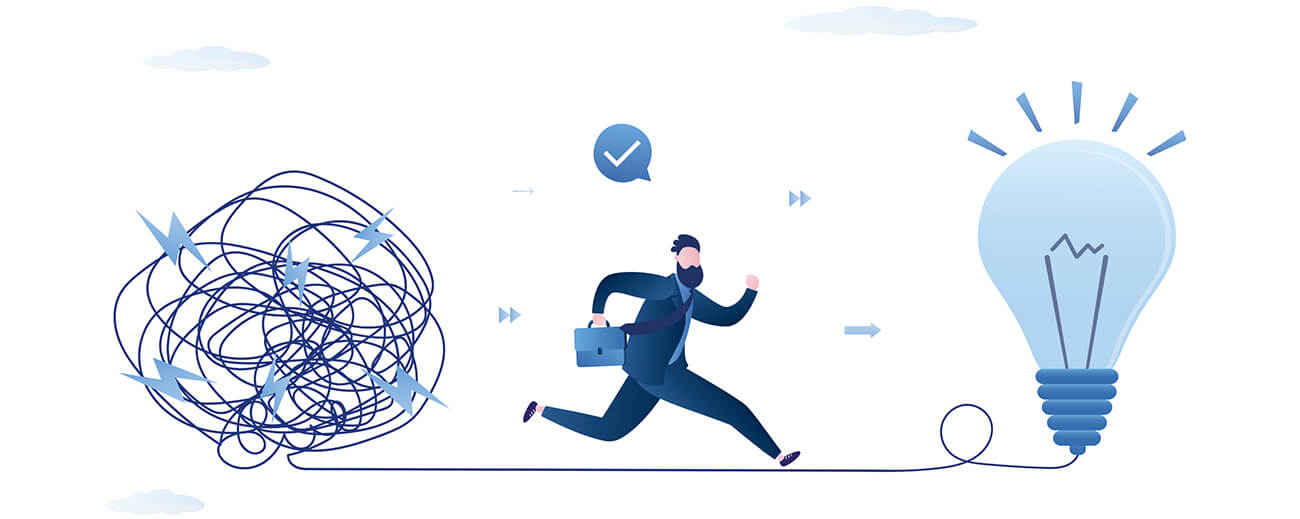All businesses have challenging customers. You know the type. When the phone rings and you realise it’s “that” customer on the other end, you think twice about answering. But ultimately—and especially if it’s a major account—you brace yourself and pick up the phone, knowing you might have to get the hoops out and start jumping as soon as the conversation is over.
We answer the call because, as business people, we’re wired to serve. And, difficult as they can sometimes be, we value our customers and legitimately want to make them happy. Especially during a time when the economy is questionable and overall demand may be weakening, the mentality is to do whatever it takes to keep the business we have.
But the reality is, some customers really aren’t worth the effort. Headaches and hoop-jumping aside, from a purely financial perspective, customers—even big ones—that place extensive demands on your manufacturing operations may be costing you more than they add to the bottom line.
Here’s how to tell if it’s time to fire a customer that’s more trouble than it’s worth.
Understand your total costs by customer account or product line.
Most manufacturers have a grasp of their total production costs, including indirect costs such as inventory carrying costs, rework, and quality control. But they don’t always have the level of detail to understand which clients are responsible for generating the lion’s share of these expenses. In many cases, indirect costs are not spread across the entire plant. They can often be mapped back to one or two specific product lines.
For example, a gasket manufacturer we worked with understood the manufacturing fees involved in producing a product for its largest account. But the true cost to serve was much higher due to the customer’s stringent quality demands. In fact, the manufacturer had to bring on a team of temporary employees to do 100% quality inspection just for one product line.
And the company could not recoup these costs by raising the price of the components due to price pressure from the customer. In addition, the effort involved in sustaining the customer relationship was eating up a large portion of both the sales and customer service staff’s time. In essence, the customer was squeezing them on both ends.
While at first, it seemed counterintuitive to let this major customer go, closer examination of the financials revealed that there was no margin at all in the product, once rework and quality control costs were factored into the equation. Indeed, producing and delivering the components was actually costing the manufacturer money. They were literally subsidising their customer’s business.
The company’s leaders ultimately made the tough decision to stop supplying the account and fire a customer—their largest one. Ultimately, once they realized that the move would eliminate manufacturing constraints, free up production capacity to serve more profitable accounts, and improve EBITDA, it turned out that it wasn’t that hard of a decision to make after all.
Beware of the hidden costs involved with big deals.
Companies are always looking to land a “whale.” And when that opportunity materialises, it can be exciting for the business and look great on paper. However, customer accounts that give you a large volume of business typically want something—or everything—in return. Big box retailers are notorious for this and most have a long list of requirements that manufacturers must meet in order to service the account.
Beyond the potential need to modify or dramatically alter your operations or bring on additional staff with specialised skill sets, there can be inventory, merchandising, and marketing requirements that can add substantially to your total cost to serve. Warranty and return issues can also add up fast and eat into profits on the back end.
We worked with one pressure-treated lumber manufacturer to help analyse the costs of servicing a big box retail account, which had recently asked the manufacturer to begin barcoding each and every piece of lumber. This additional work raised the manufacturer’s costs significantly. Our analysis, combined with the network analysis conducted by, River Logic, one of our analytics partners, revealed that the majority of the work being produced in a single facility was going to that one major account.
On top of that, they were actually losing money servicing this business. By cutting ties with the account and knowing when to fire the customer, the manufacturer was able to close an unprofitable facility and optimize its network to continue serving its other accounts, generating significant cost savings for the business. Again, in this situation, choosing to say goodbye to a major account was the best thing for this organisation’s bottom line.
Resist the urge to serve at any cost.
As we’re starting a new year, it’s a great time to look at your customer base and really scrutinise which clients make sense for your business. Beyond straight production costs, be sure to factor in the ‘hidden costs’ and think about which customer accounts are really driving your indirect costs.
Are there large expenses (such as extra labor, inventory, or freight) that you could eliminate simply by cutting one account? Would warranty or rework issues disappear if you stopped making one specific product? Also, consider the time and effort invested in servicing each account.
The better you can understand your costs and margin by line, product, or production area, the better decisions you can make. If, for example, you are currently producing a high-margin product, you can pursue more business in that area while letting go of other business that’s draining your resources. And this can put you in a great position to enjoy a more profitable 2020.





